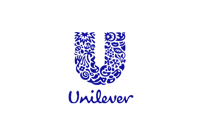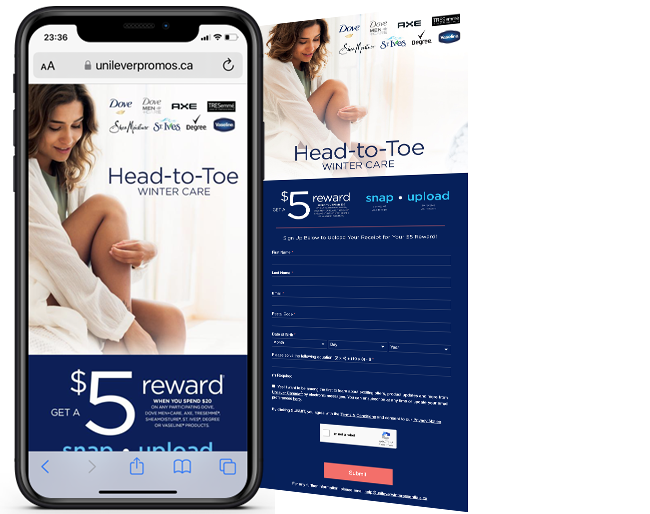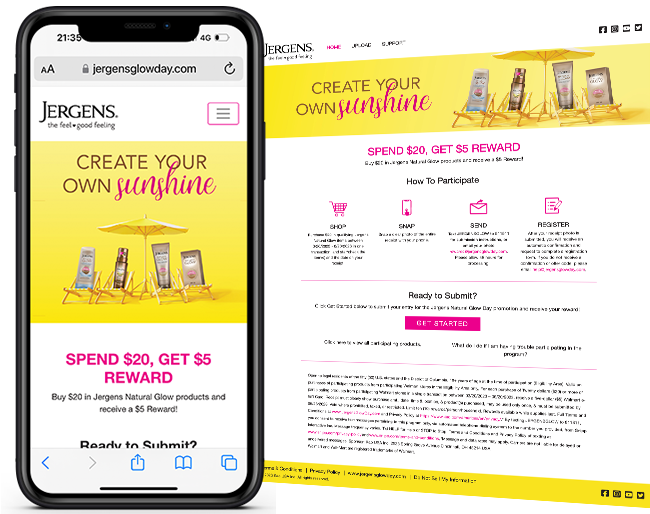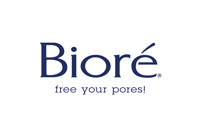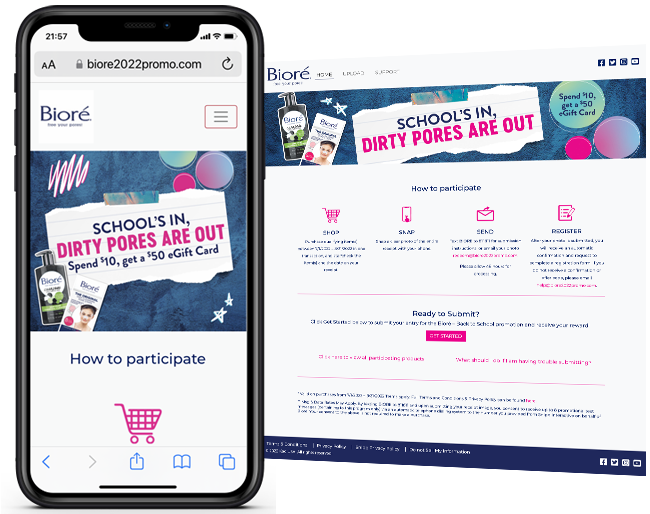The personal care and beauty market has been on a transformative journey. From embracing more minimalistic beauty lifestyles to fostering a heightened awareness of hygiene and safe skincare & haircare practices, the ripple effects have been far-reaching. But amidst these shifts, the specter of inflation continues to loom large, reshaping consumption patterns like never before.
This financial squeeze, set to continue its hold throughout 2023, is changing the game. As supply chain issues increase the costs of our favorite products, consumers are forced to be more discerning, prioritizing value for money, multi-functionality, and affordability. Despite financial hurdles, however, the personal care and beauty sector remains resilient -- particularly in Europe, where consumers still indulge in ‘lipstick luxuries’ amidst a cost-of-living crisis, and with thriving private-label products catering to the demand for a balance between cost-effectiveness and premium ingredients.
So, what do brands need to consider in this evolving landscape? We've crafted a comprehensive guide outlining key trends and marketing strategies for the personal care and beauty industry to help navigate through 2024 and beyond.
The Personal Care and Beauty Industry Landscape - USA and Europe


















